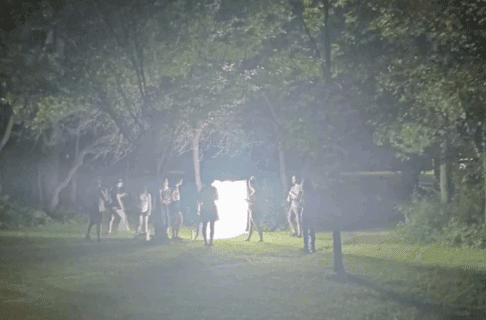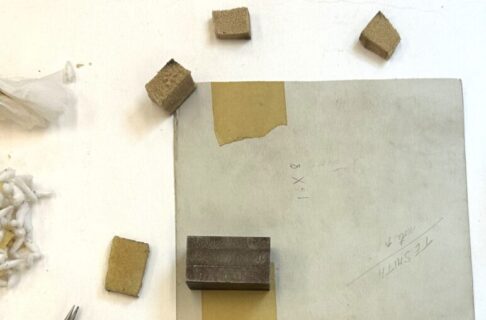Posted on: Friday May 3, 2024
The Manitoba Museum celebrated its 50th anniversary at its current Rupert Avenue location in 2020, but did you know that collecting and preserving artifacts and specimens in Manitoba started in an official capacity around 1879? That year, the Scientific and Historical Society of Manitoba was founded, with a mission to research and preserve the scientific and historic work being done in the province.
While a formal museum had yet to be created, both the Scientific and Historical Society and private collectors put on temporary exhibitions throughout the late 19th and early 20th centuries at various venues and private residences throughout the province.
In 1932, the collections-specific Manitoba Museum Association, an unincorporated entity, was established and an official brick-and-mortar museum opened at the Winnipeg Civic Auditorium, which also housed a concert hall and the eventual Winnipeg Art Gallery. On December 15 of that year, its inaugural exhibit about butterflies and moths soft-launched with subsequent exhibits opening as equipment, such as glass cases, were purchased. By May 1934, 50,000 visitors from around the world had made a visit to the new Manitoba Museum.
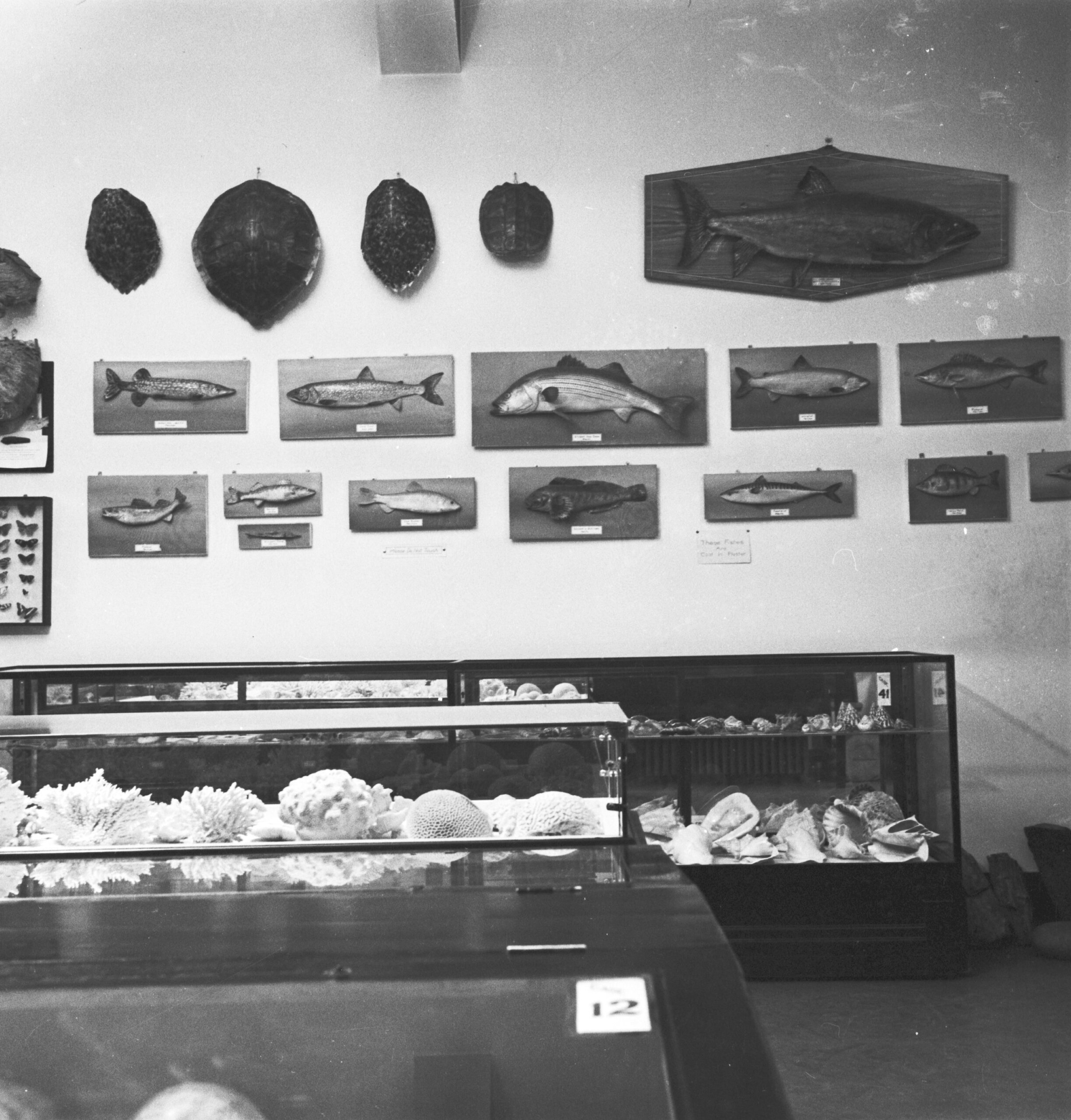
Exhibits at the old Manitoba Museum in the Winnipeg Civic Auditorium, circa 1940s. Image: © Manitoba Museum

Exhibits at the old Manitoba Museum in the Winnipeg Civic Auditorium, circa 1940s. Image: © Manitoba Museum
The Manitoba Museum operated with a small staff and a group of volunteers, advisors, and honorary curators. Honorary (volunteer) curators of botany, vertebrates, invertebrates, and “ethnology” were all professors from the University of Manitoba, with honorary assistants to the curators coming from both academia and the community. These roles focused on collecting specimens and artifacts, creating exhibits, and presenting lectures on relevant topics.
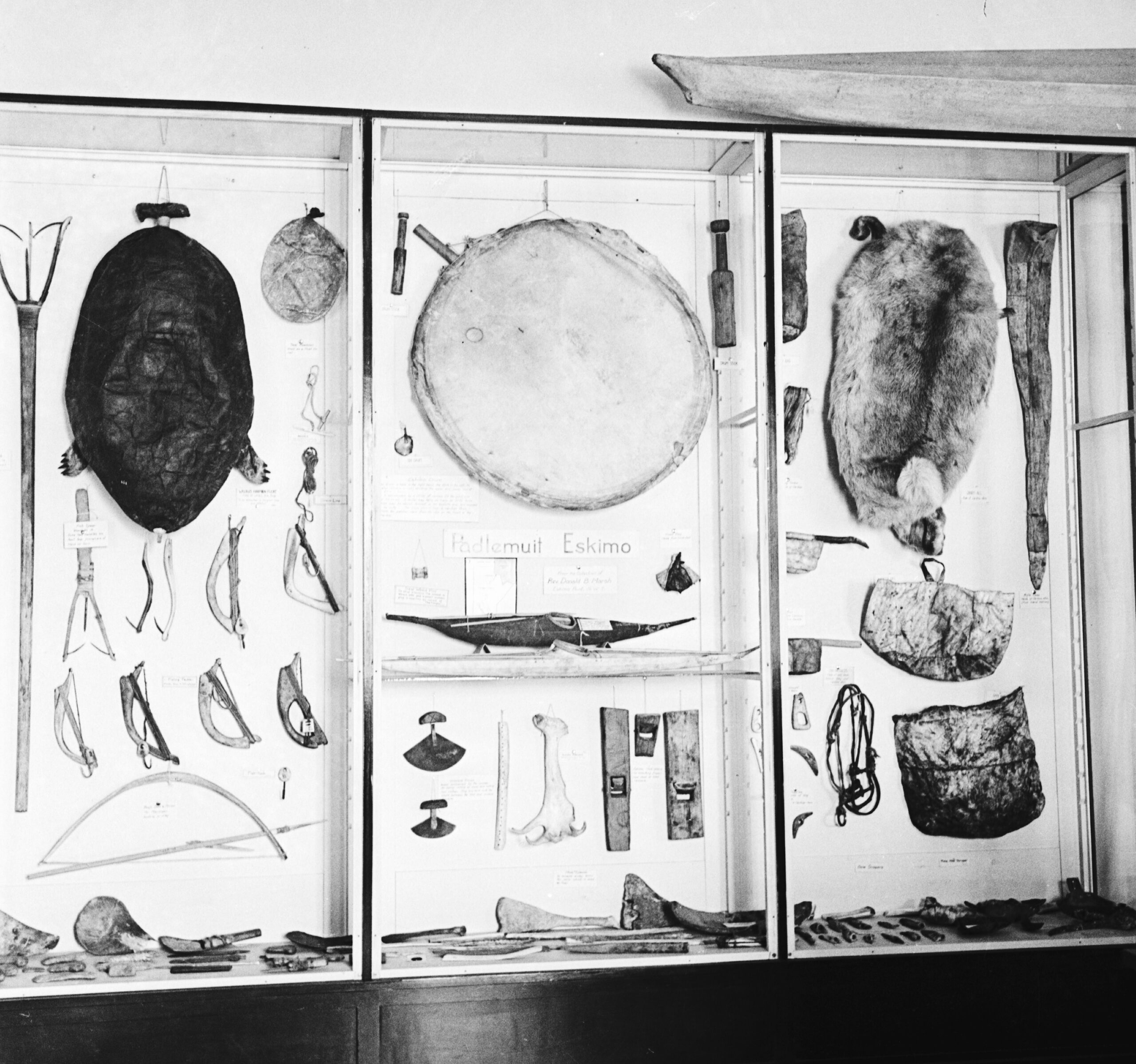
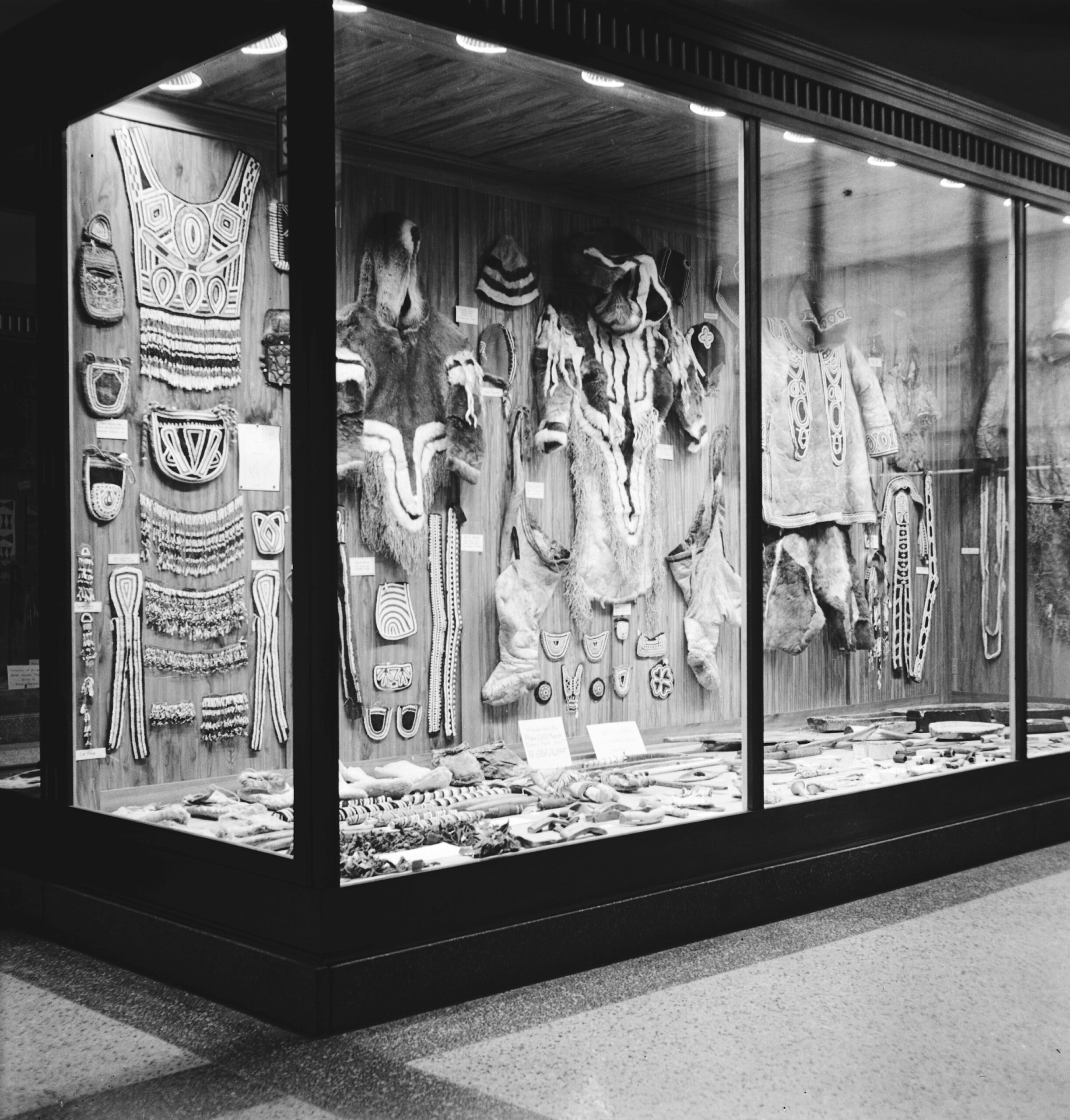
The History and Archaeology departments occasionally still reference the original accession ledgers that date to the inception of the museum. These ledgers detail basic information about objects acquired from the public – listed under the headings of donor (or vendor), locality, object, and particulars. The history objects were divided into four separate categories – Firearms & Military, History & Early Settlers, Ceramics, and Numismatics. The archaeological objects were accessioned into a single ledger by date. Not to worry, our conservation department has since encapsulated the individual pages for longevity’s sake.

Sample of page from old Manitoba Museum history accession ledger. Image: © Manitoba Museum
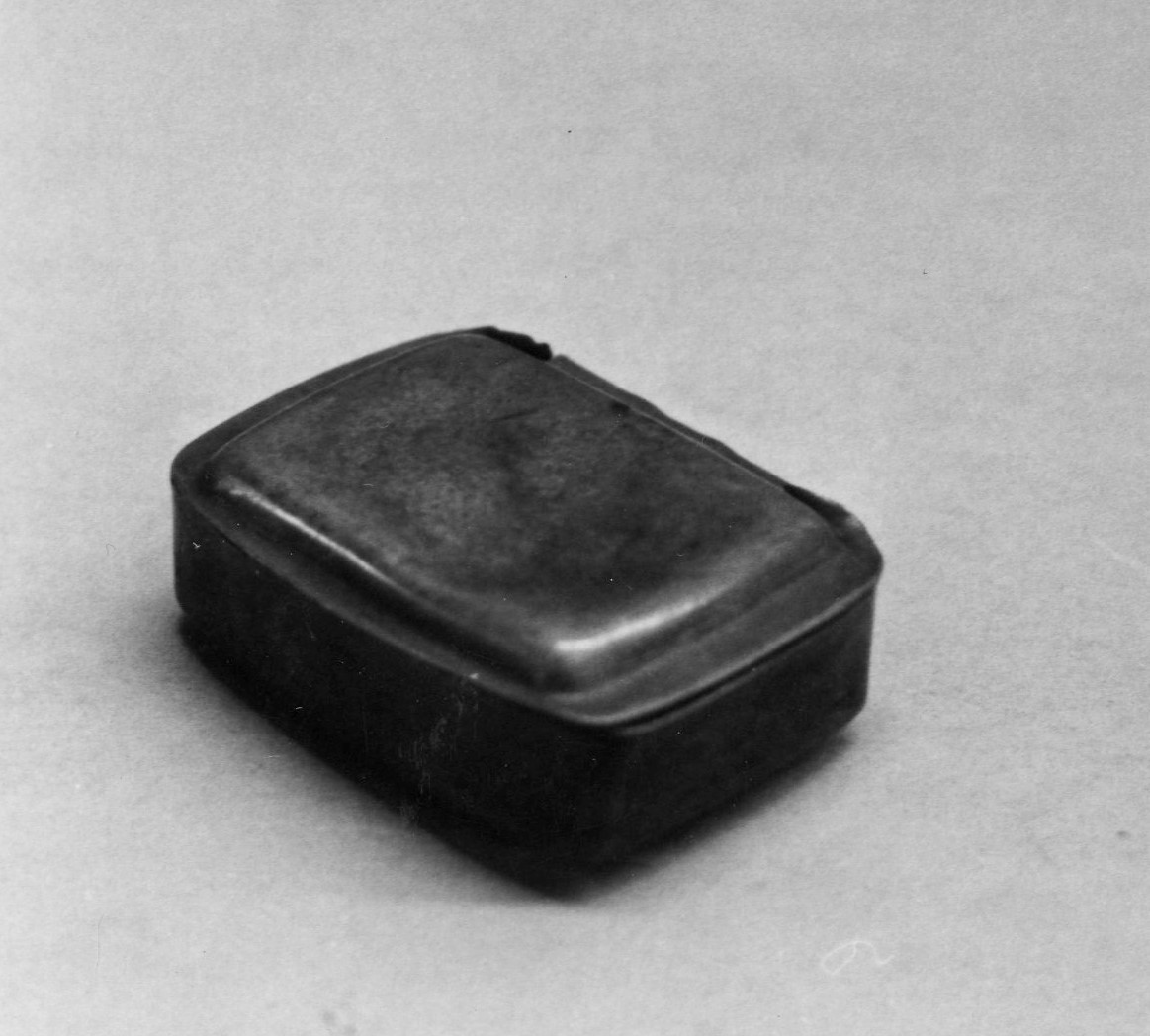
Photograph of H8-62-207, a pewter snuff box donated to the old Manitoba Museum on March 29, 1934 by Mrs. Andrew K. Stephens, as listed on the sample ledger page. Image: © Manitoba Museum
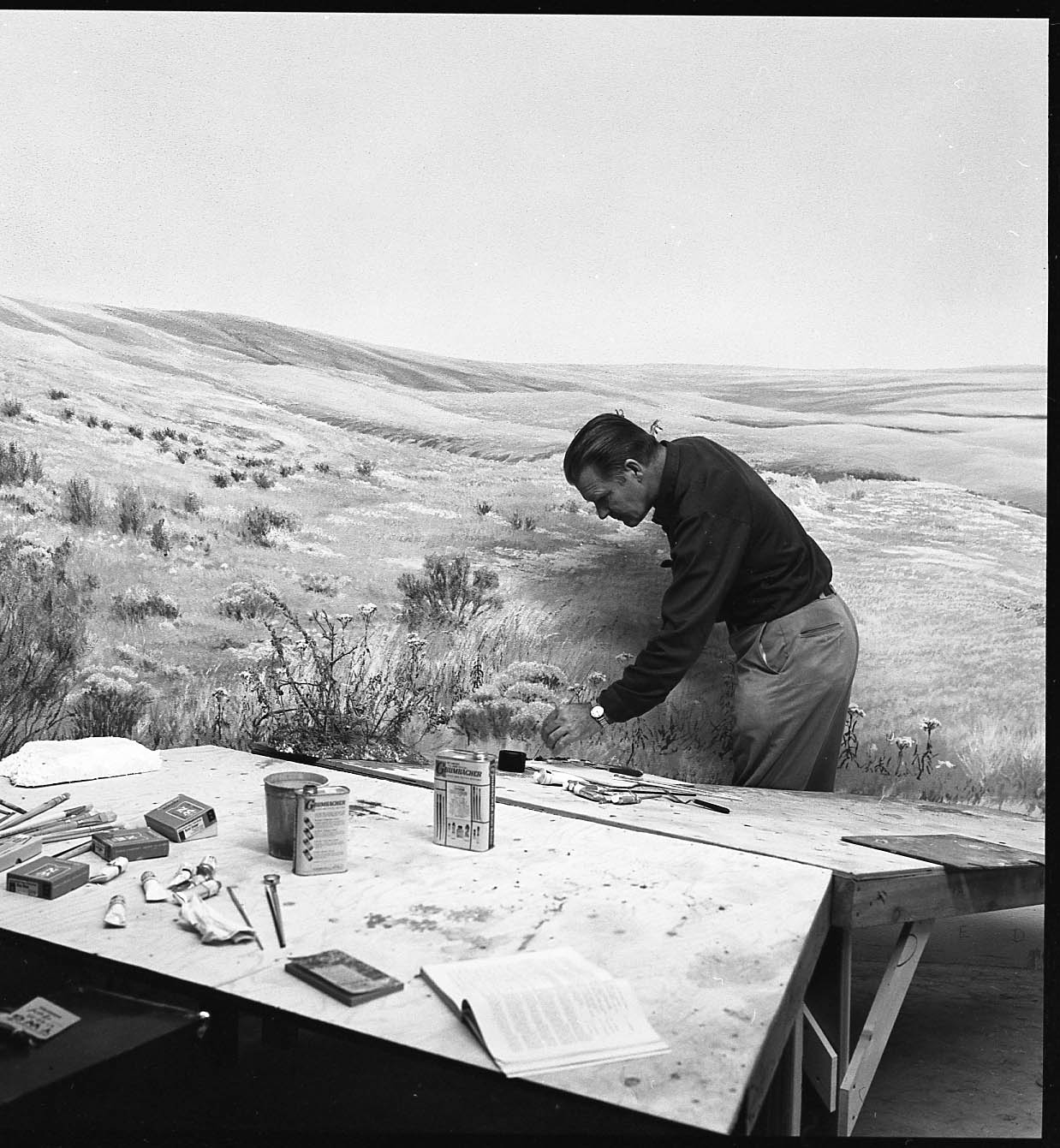
In 1965, the Manitoba Museum Association was dissolved by provincial legislation in favour of the incorporation of the Manitoba Museum of Man and Nature and the Manitoba Planetarium. Construction of the Museum at 190 Rupert Avenue was underway by the late 1960s, designed by Winnipeg-born architect Herbert Henry Gatenby Moody (leave some names for the rest of us, sir!). While the new facility was being constructed, the existing collections were put in storage.
The new incarnation of the Museum presented its first galleries in 1970 – just in time to commemorate Manitoba’s centennial. The iconic bison diorama greeted the first visitors and ushered them into the former Grasslands gallery. This era also saw the advent of paid curatorial positions for the first time in the Museum’s history.
Between 1970 and 1976, the Earth History, Urban (Winnipeg 1920), Nonsuch and Arctic/Subarctic galleries opened, and 1980 and 2003 saw the introduction of the Boreal Forest Gallery, HBC Gallery, Parklands/Mixed Woods Gallery, and the Science Gallery to the lower level.
Image: Manitoba-born artist Clarence Tillenius is pictured here painting the backdrop of the Pronghorn diorama in the Grasslands Gallery at 190 Rupert Avenue. Tillenius also painted the mural behind the Bison diorama in the museum’s Welcome Gallery. © Manitoba Museum
In 1997, the Museum dropped the “of Man and Nature” from its legal name and became known as the Manitoba Museum once again. Do people still occasionally ask if I work at the “Man and Nature”? Why, yes, they do.
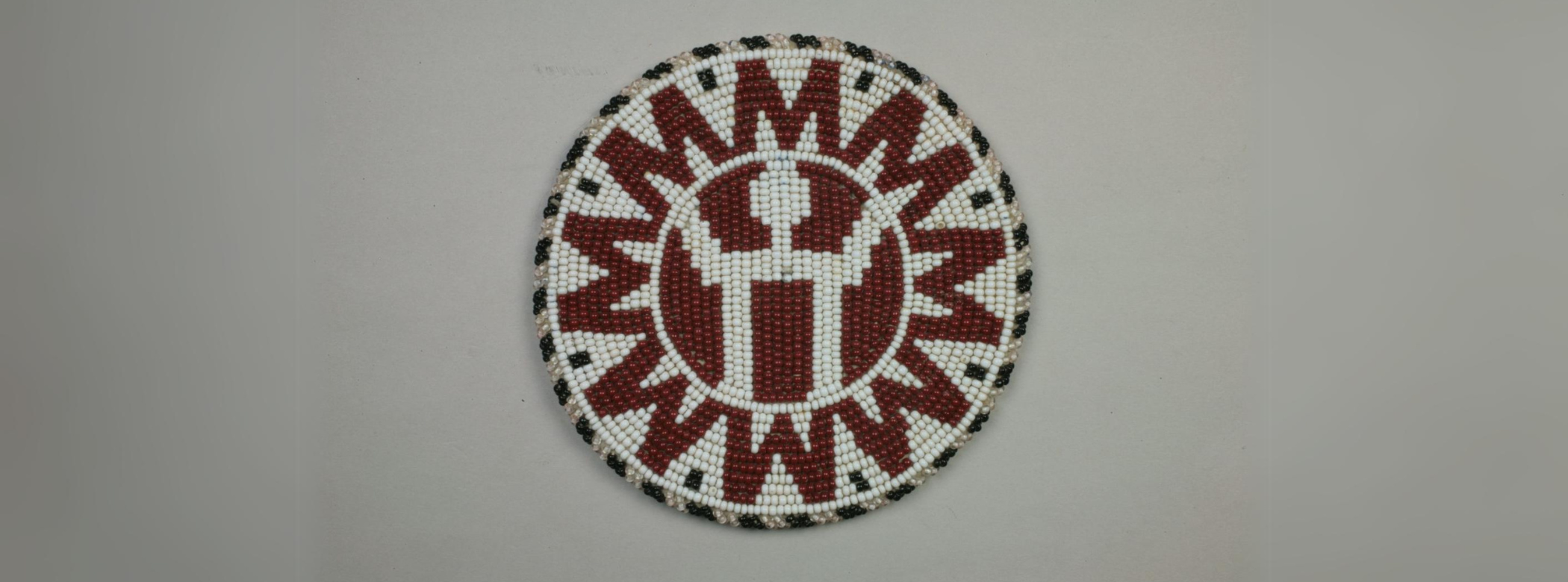
Pictured above is a beaded coaster made by Mrs. Dinah Monias Beardy and donated to the museum in 1979. The coaster depicts the original Manitoba Museum of Man and Nature logo. Mrs. Beardy’s son is renowned artist Jackson Beardy, whose work is featured in the Boreal Forest Gallery. Image: © Manitoba Museum, H4-1-451




